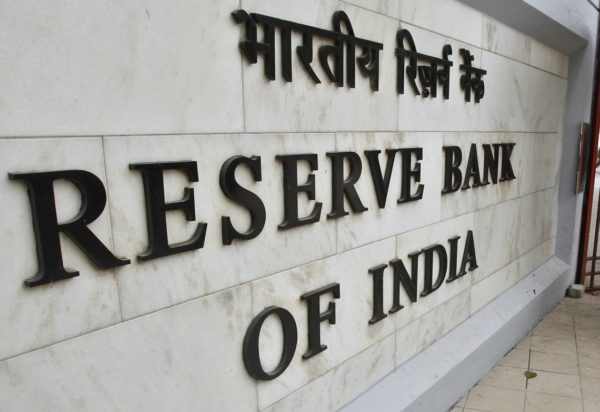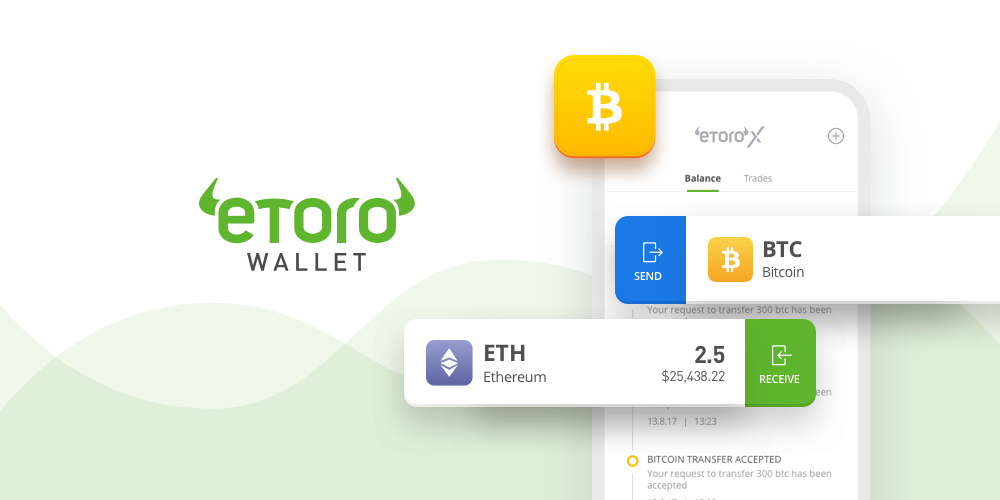
India’s CBDC Pilot Reaches 5 Million Users, RBI Governor Advocates Cautious Rollout
India’s central bank digital currency (CBDC) pilot, known as the digital rupee or e-rupee, has made significant strides since its launch in late 2022, amassing over 5 million users and engaging 16 participating banks. Reserve Bank of India (RBI) Governor Shaktikanta Das shared these developments during a conference in Bengaluru on August 26, 2024, while emphasizing the need for a measured approach to wider implementation.
The retail CBDC pilot, which initially focused on peer-to-peer payments, has expanded to test offline functionality and programmability features. Das highlighted the potential of these advancements, particularly in promoting financial inclusion. He cited examples such as enabling tenant farmers to access agricultural credit and facilitating purpose-bound funds for carbon credit generation in the farming sector.
“The programmability feature of CBDC could serve as a key enabler for financial inclusion by ensuring delivery of funds to the targeted user,” Das stated. He explained how this feature could help establish a farmer’s identity through fund usage rather than land ownership, potentially opening up credit access for those without land titles.
Despite the progress, the RBI Governor stressed the importance of a gradual and cautious approach to rolling out a system-wide CBDC. “It is important to emphasize that there should not be any rush to roll out system-wide CBDC before one acquires a comprehensive understanding of its impact on users, on monetary policy, on the financial system, and on the economy,” Das remarked.
The central bank plans to introduce new use cases aimed at testing features such as anonymity and offline availability in phases. This methodical approach aligns with the RBI’s goal of thoroughly assessing the CBDC’s effects before full-scale implementation.
While the e-rupee has shown promise, its adoption rate has been relatively slow. Earlier reports indicated that the RBI had previously urged banks to increase daily transactions to 1 million by late 2023 to test scalability. However, this push has since been discontinued, raising questions about the future trajectory of the digital currency initiative.
Looking ahead, Das expressed confidence in the potential of CBDCs to reshape payment systems. “Undoubtedly, CBDC has the potential to underpin the payment systems of the future, both for domestic payments and also cross-border payments,” he stated.





